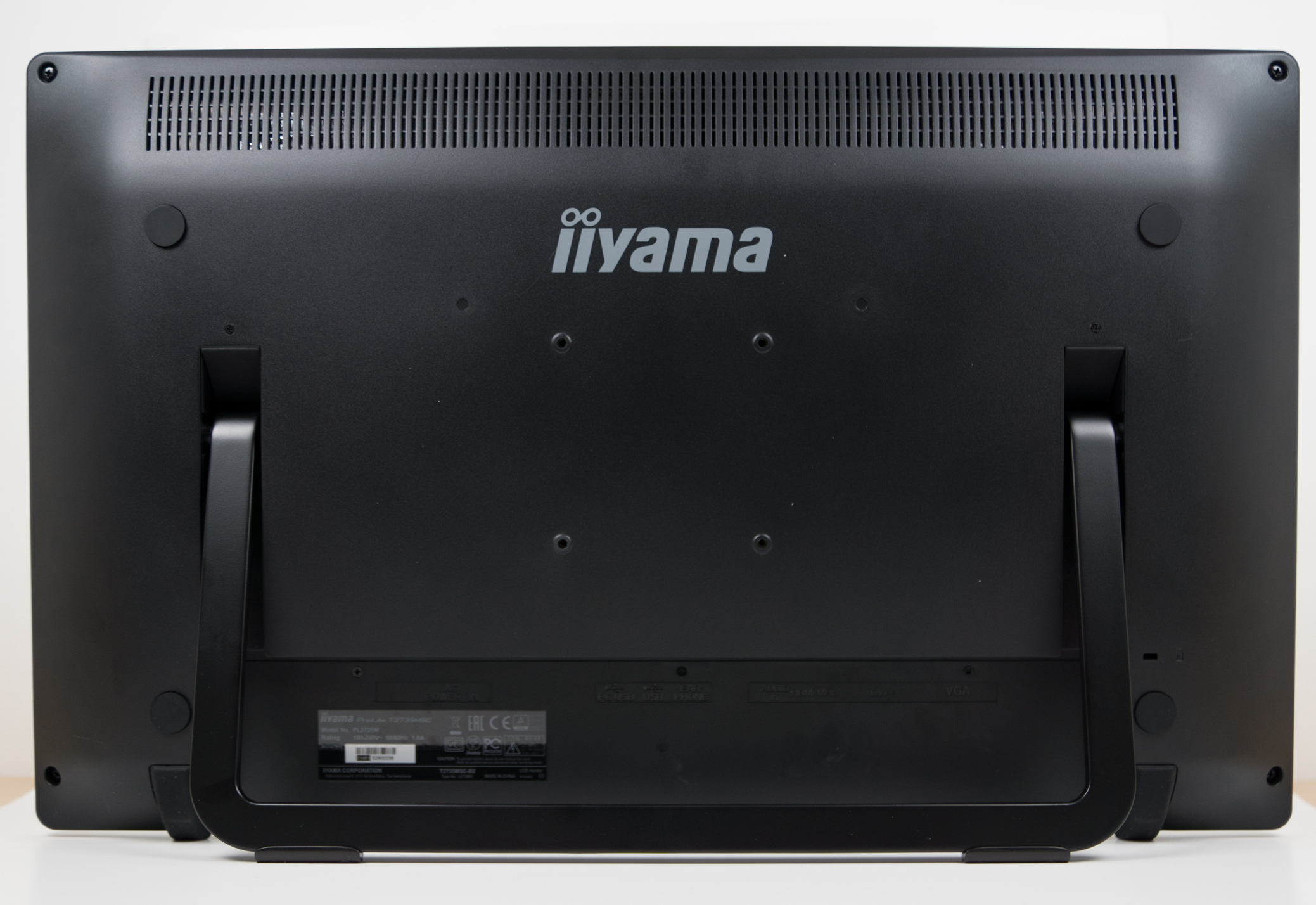
If you decide to go for a touch-screen monitor, choose one that is easy to tilt backwards and possible to use in a horizontal position. This contrasts with using a laptop, where the screen may be as handy as the keyboard. This puts the screen a long way from your hands, so you are less likely to use it for touch operations. This makes it practical to play electronic versions of family board games, navigate around maps, play a virtual piano, and so on.ĭesktop monitors are usually designed to be used with the screen in a vertical position, and relatively high up. Often the screen leans back, and in some cases, can be used in a horizontal position. The better all-in-ones provide flexibility to handle different programs and different uses. While the “gorilla arm” argument is simplistic to the point of stupidity – teachers have been using blackboards for centuries – there are important considerations to do with screen distance and angle. You must consider the flexibility of the design. This may be critical if you want to mount the screen on a wall, which is common with touch-screen PCs used for public information access. The main drawback is that they take up more space than laptops or all-in-one designs. They are also much easier to repair, so they should last longer. Towers provide space for adding more memory, ports, faster graphics cards, extra hard drives, optical drives (DVD or Blu-ray) and so on. By contrast, spacious desktop towers can use processors that run at 45W to 90W or more, so you get more performance for less money.
#Multitouch monitor windows 10 Pc#
The processor will be throttled when it gets too hot, and the PC may shut down. Slimline designs impose thermal constraints on the processor, which will typically operate at a TDP between 15W and 35W, or less. Touch-sensitive monitors are therefore more expensive than traditional designs, which must restrict the size of the market.Īs you have found, there are lots of all-in-one PCs with touch screens, but they are basically laptop designs with separate keyboards. However, touch sensitivity requires extra technology, which is an extra cost, especially for large screens. The less well-known HannsG also has competitive offerings. This includes Acer, AOC, Asus, Dell, HP, Iiyama, LG, Samsung and ViewSonic.

There must be a market for them, because most leading monitor suppliers offer them. You can add a touch-sensitive screen to any PC – or even an old laptop – by buying a touch-sensitive monitor.


 0 kommentar(er)
0 kommentar(er)
